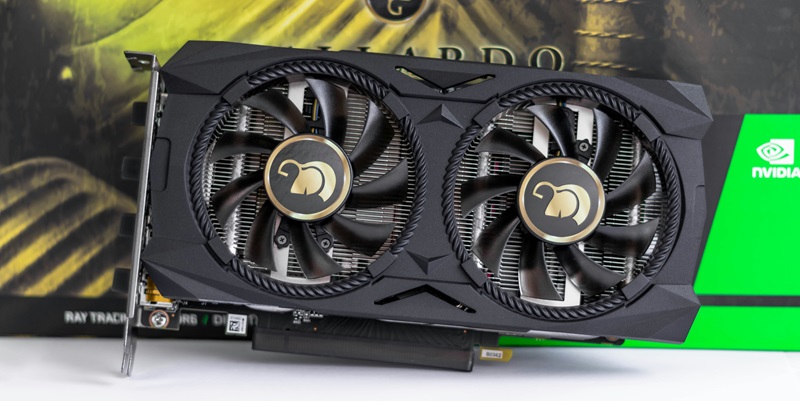Nvidia is reportedly working on the GeForce RTX 5090D, a potential China-exclusive GPU aimed at circumventing U.S. trade restrictions. Expected to launch in January 2025, this card follows its predecessor, the RTX 4090D, which debuted roughly a year earlier. The RTX 5090D is anticipated to be a modified version of the standard RTX 5090, both of which are based on Nvidia’s Blackwell architecture and utilize TSMC’s 4NP process. Common themes include the strategic launch of a China-specific variant to adhere to export regulations and potential tweaks in specifications to distinguish it from the standard version.
The RTX 4090D, for instance, featured reduced CUDA cores (from 16,384 to 14,592), a slightly increased base clock (from 2.23GHz to 2.28GHz), and lowered Total Graphics Power (TGP) from 450W to 425W. These modifications illustrate Nvidia’s approach to compliance with international trade restrictions while still delivering competitive performance. The overarching trend suggests Nvidia’s dedication to maintaining a strong presence in the Chinese market despite geopolitical constraints. This strategy is reflected in similar moves seen in the RTX 4090D, which could predictably be adopted for the RTX 5090D, though specific adjustments in technical details are yet to be confirmed.
Strategic Modifications to Navigate Trade Restrictions
The article stresses the importance of these measures as Nvidia aims to balance regulatory adherence with technological advancements. The anticipated adaptations in the RTX 5090D align with its precursor’s approach, which suggests a methodical response to trade limitations while ensuring robust market competitiveness in China. By focusing on rolling out China-specific variants, Nvidia strategically navigates around U.S. trade restrictions without compromising its technological edge. Such targeted modifications not only ensure compliance but also enable Nvidia to sustain its market leadership, particularly in a vital consumer market like China.
The RTX 4090D’s changes in specifications provided a roadmap for how Nvidia might rectify trade compliance issues while ensuring the product remains appealing to end-users. For example, reducing CUDA cores to curb processing power while slightly boosting the base clock speed indicates a nuanced understanding of regulatory thresholds. It’s likely that the RTX 5090D will follow a similar playbook to meet international regulations. These actions provide a reliable template for how Nvidia can effectively implement future strategic adjustments in other constrained markets, thereby solidifying its standing as an adaptive industry leader.
Sustaining Market Leadership Amidst Geopolitical Tensions
Nvidia is reportedly developing the GeForce RTX 5090D, a potential GPU exclusive to China intended to navigate U.S. trade restrictions. Scheduled for release in January 2025, this card succeeds the RTX 4090D, which launched roughly a year prior. The RTX 5090D is expected to be a modified iteration of the standard RTX 5090, both based on Nvidia’s Blackwell architecture and employing TSMC’s 4NP process. The strategy behind releasing a China-specific version aligns with export regulation compliance, possibly featuring distinct specifications to set it apart from the standard model.
For example, the RTX 4090D had fewer CUDA cores (reduced from 16,384 to 14,592), a minor bump in base clock speed (from 2.23GHz to 2.28GHz), and a decrease in Total Graphics Power (TGP) from 450W to 425W. These adjustments exemplify Nvidia’s method of adhering to international trade restrictions without compromising performance. Overall, this trend reflects Nvidia’s commitment to sustaining a robust presence in the Chinese market amid geopolitical challenges. Similar strategies may be applied to the RTX 5090D, although specific technical details are yet to be confirmed.

